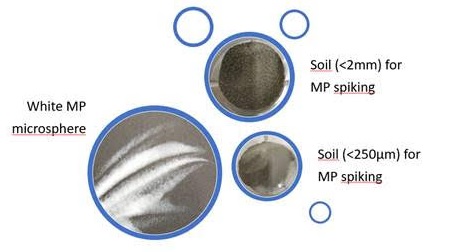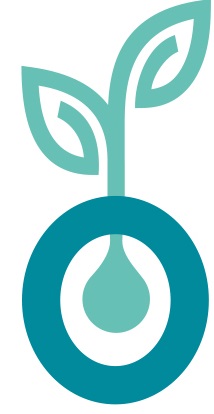Project coördinator
INERIS, France
Duration
12 months
Costs
€ 152.000
Deliverables
- Presentation Kick off meeting MISSOURI
- Mid-Term Rapport
- English brochure Missouri
- French brochure Missouri
- Dutch brochure Missouri
- ILS report
- Final report
- Video Pitch Final meeting Missouri
- MISSOURI Presentation Final meeting SOILveR pilot call 8th March 2022
SUMMARY
MISSOURI focuses on microplastics (MP) in soil and groundwater and aims at conducting a state-of-the-art review along a “sources-transfer-exposure” continuum and organizing a European-scale interlaboratory study in order to provide recommendations on separation and analytical methods in an idea of harmonization.
Scope
Microplastics in marine and surface waters have been studied for many years whereas soil and groundwater are emerging environmental compartments for undergoing studies. The MISSOURI project has two major goals:
- to conduct a state-of-the-art review on microplastics in soil and groundwater and other relevant terrestrial connected media (e.g. plants);
- to organize an European-scale interlaboratory study (ILS) on the determination of microplastics in soil (separation and analytical methods).
This work aims at proposing a harmonized definition for microplastics, a set of laboratory methods for the separation and analysis of microplastics in soils and at identifying priorities for future projects. It also aims at giving first recommendations for decision-making and management of soil quality regarding the potential risks associated with microplastics in soil and groundwater.

The strength of the MISSOURI project lies on a survey (fall 2020) that involves experts, stakeholders and end-users in order to collect on one hand their current difficulties and concerns encountered with MP management and treatment, and the other hand their expectations on data collection and future studies.
State-of-the-art review
It will address the following topics for microplastics:
- emission sources specific to soil and groundwater;
- polymer types and their toxicity;
- existing methods for sampling and characterizing soil and groundwater samples;
- interactions of plastics with the terrestrial biota;
- main entry routes into environmental compartments (soil, groundwater and terrestrial food chain) and potential exposure pathways for humans;
- transport mechanisms and their scales;
- observed/expected impacts on terrestrial ecosystems and Human health.
European-scale interlaboratory study
The consortium will participate to an interlaboratory study (ILS) on the Analysis of Microplastics in Environmental Matrices organized by WEPAL/QUASIMEME. This study will focus on the characterization of microplastics in environmental matrices including soils. There is little to no standardization work taking place and existing methods have not been compared so far. The comparison of existing methods on “reference soil samples” prepared on purpose for this project at a European scale is therefore an innovation. It will help to understand and quantify the differences among existing methods and propose reference protocols applicable to plastic fractions. The ILS will be based on one synthetic soil sample (silica sand) and one real soil sample (sandy soil) spiked with microplastics. This will ensure both comparability of methods in well-controlled situations and applicability to real samples.
The MISSOURI project is led by Ineris (France) in charge of overall coordination and state-of-the-art review in partnership with the Stichting Vrije Universiteit of Amsterdam (VU; Netherlands) in charge of the ILS coordination and ISSeP (Wallonia) in charge of soil spiking. This partnership builds upon the capacity of each partner to collect, understand, analyze, criticize, propose and disseminate knowledge on microplastics in soil and groundwater.
Partners
VU, the Netherlands
ISSeP, Belgium- W

